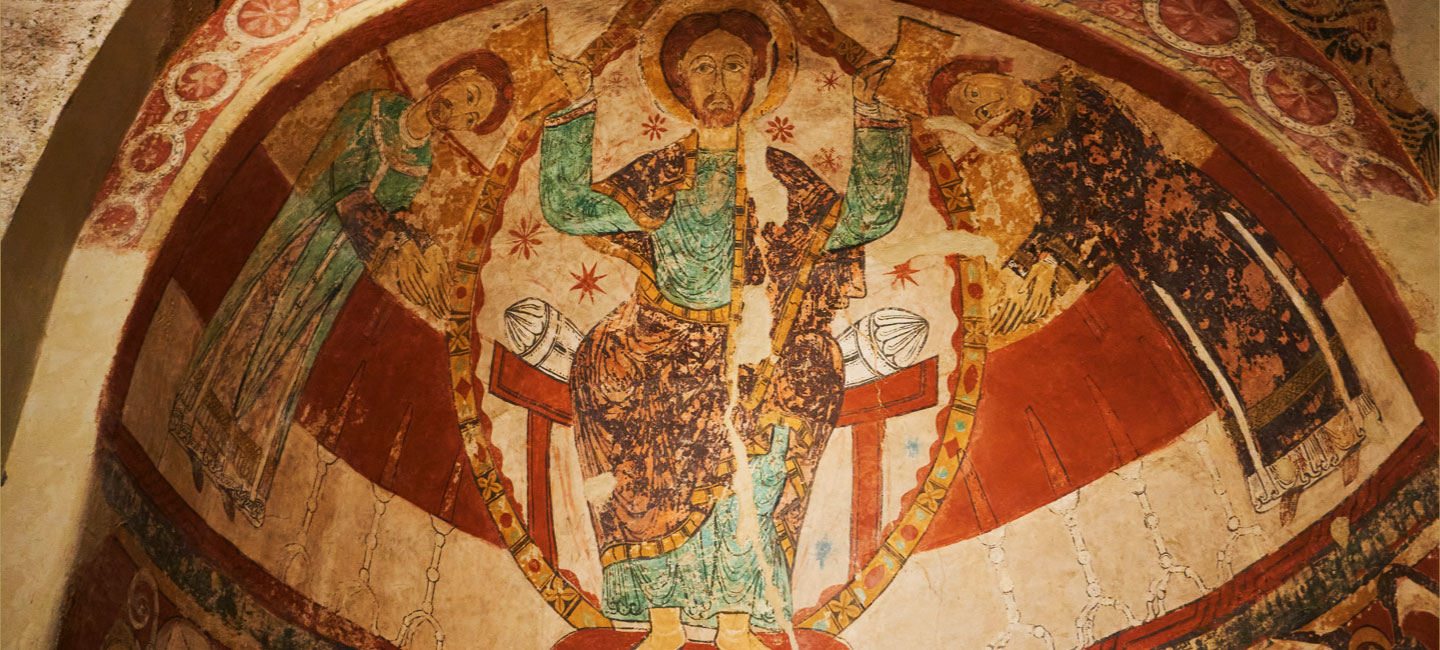

On 2 January 1112, the Bishop Ramon Guillem of Barcelona, solemnly consecrated the new church of St. Mary, and a year and a half later, the founding document of the priory monastery was drawn up, under which the Bishop of Barcelona donated the church to the provincial Abbey of St Rufus in Avignon. The construction of the nave of St. Mary and the arrival of the Augustinian community marked the start of a phase of spiritual and artistic renewal, which was to last up until the priory was abandoned in 1596.
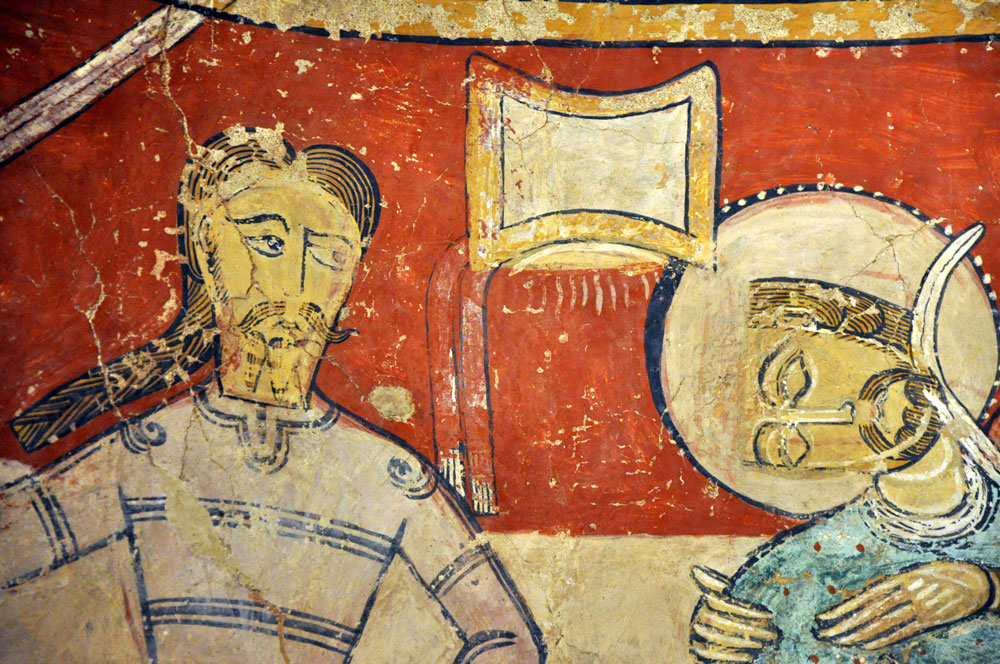
During this period (c. 1180) the outstanding mural paintings dedicated to the martyrdom of St Thomas Becket, Archbishop of Canterbury, were produced, comprising one of the most ancient records to be preserved of the representation of the Archbishop's martyrdom in the Western Mediaeval world.
The Gothic period did not lead to any major transformation of the St. Pere complex in terms of architecture. What we do, however, retain are some highly notable examples of painting, both murals and on wooden panels.
The entire apse of St.Mary was painted, and remained so until 1937, when the mural paintings were taken down. They were mounted on wooden frames, and are now kept in the storerooms of Terrassa Museum. The paintings correspond to the Early Gothic, and represent the Coronation of the Virgin.
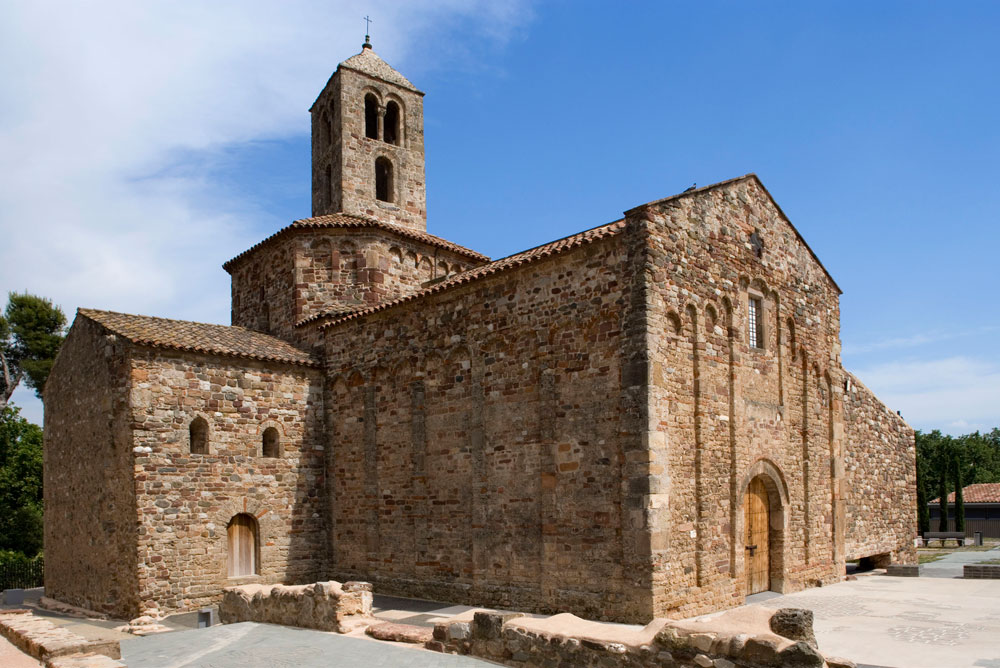
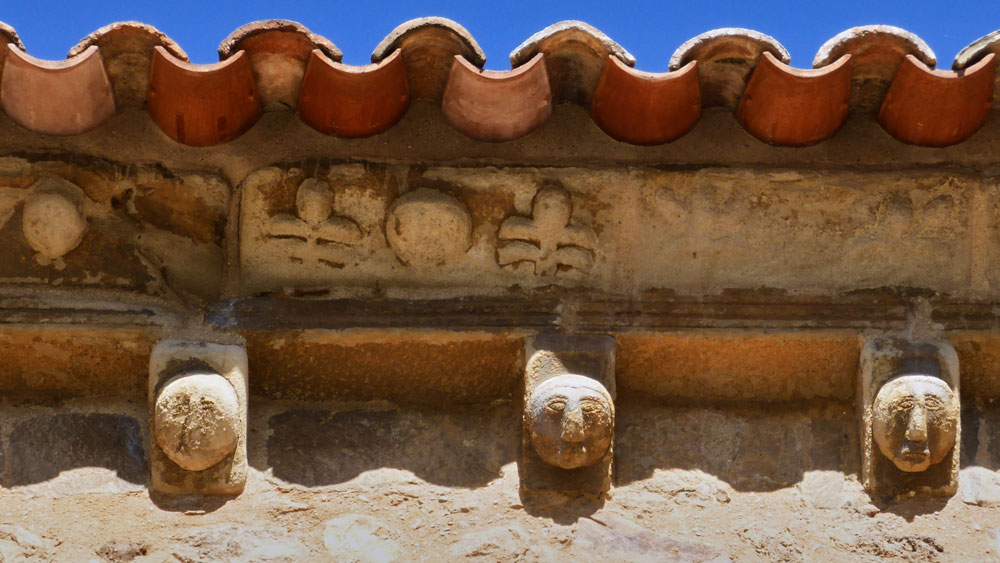

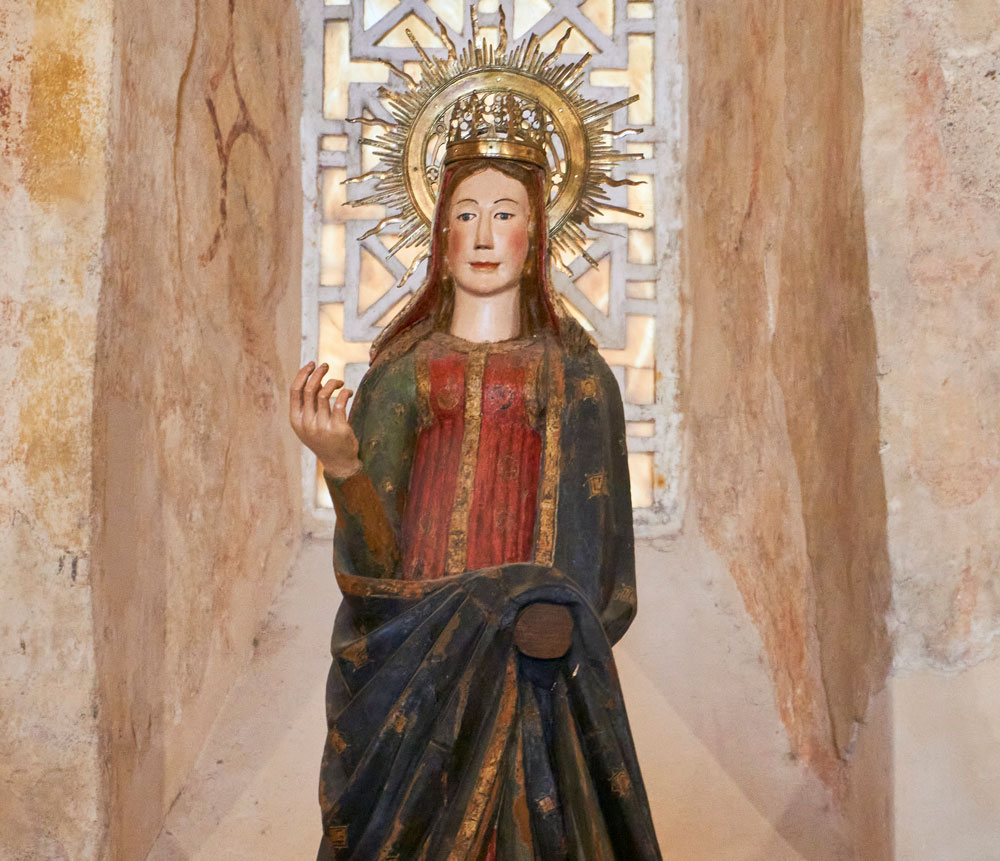
Gothic mural paintings are also preserved in the northern nave of the church of Sant Pere, probably painted during the mid-14th century. In this case they represent scenes concerning the Passion of Christ and St Lucia, flanked by two angels.
A polychromatic wooden carving of the Virgin Mary is also preserved from this same period, dated to the late 14th century.
Over the course of the 15th century the various altars of St. Peter were progressively clad with Gothic altarpieces. The main altarpiece of St. Peter was the first to be installed. It was commissioned in 1411 from Lluís Borrassà, one of the most significant international Gothic painters. From the 19 panels of the reredos, the Museum retains 13. Of the remainder, one is held at the Fogg Art Museum in Cambridge, Massachusetts, featuring a representation of St John the Baptist and St Barbara, while another is at the National Art Museum of Catalonia. The other four have been lost.
The altarpiece of the main altar of St. Michael was produced by the painters Jaume Cirera and Guillem Talarn, representatives of late International Gothic. The work was begun by Cirera, and after his death, was completed by Talarn in 1450.
All the scenes are connected with St. Michael and structured around the Final Judgment, represented on the central pinnacle.

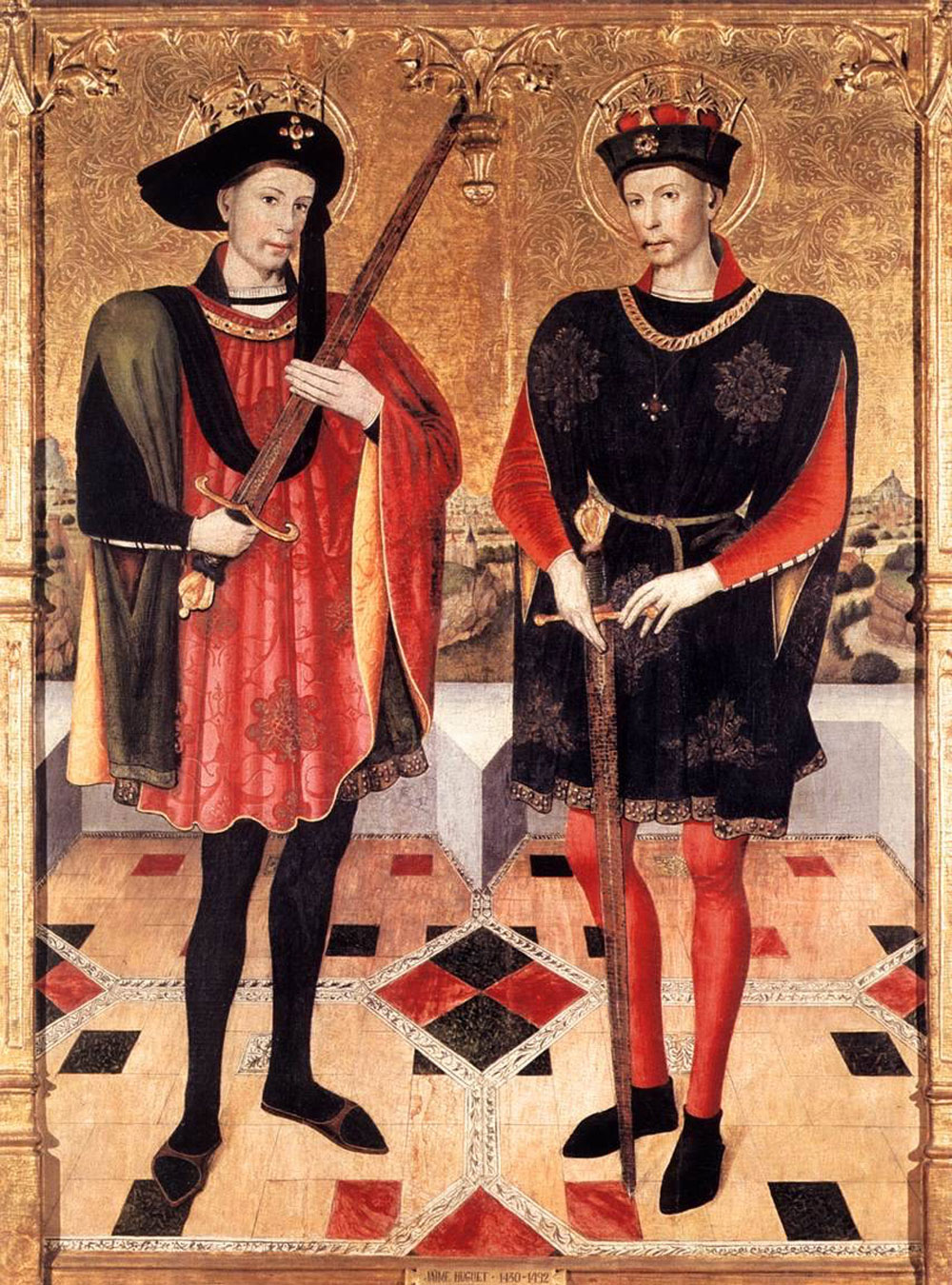
In 1458 Jaume Huguet was commissioned to produce a new altarpiece for the altar of Sts Abdon and Sennen, also known as Sant Nin and Sant Non, the patron saints of the peasantry.
Huguet was already one of the most prestigious painters of the day, and in this altarpiece produced one of the masterpieces of Catalan Gothic painting.
The iconography of the altarpiece is of dual dedication. The main body is dedicated to Sts Abdon and Sennen, and the predella to the physician saints Cosmas and Damian.